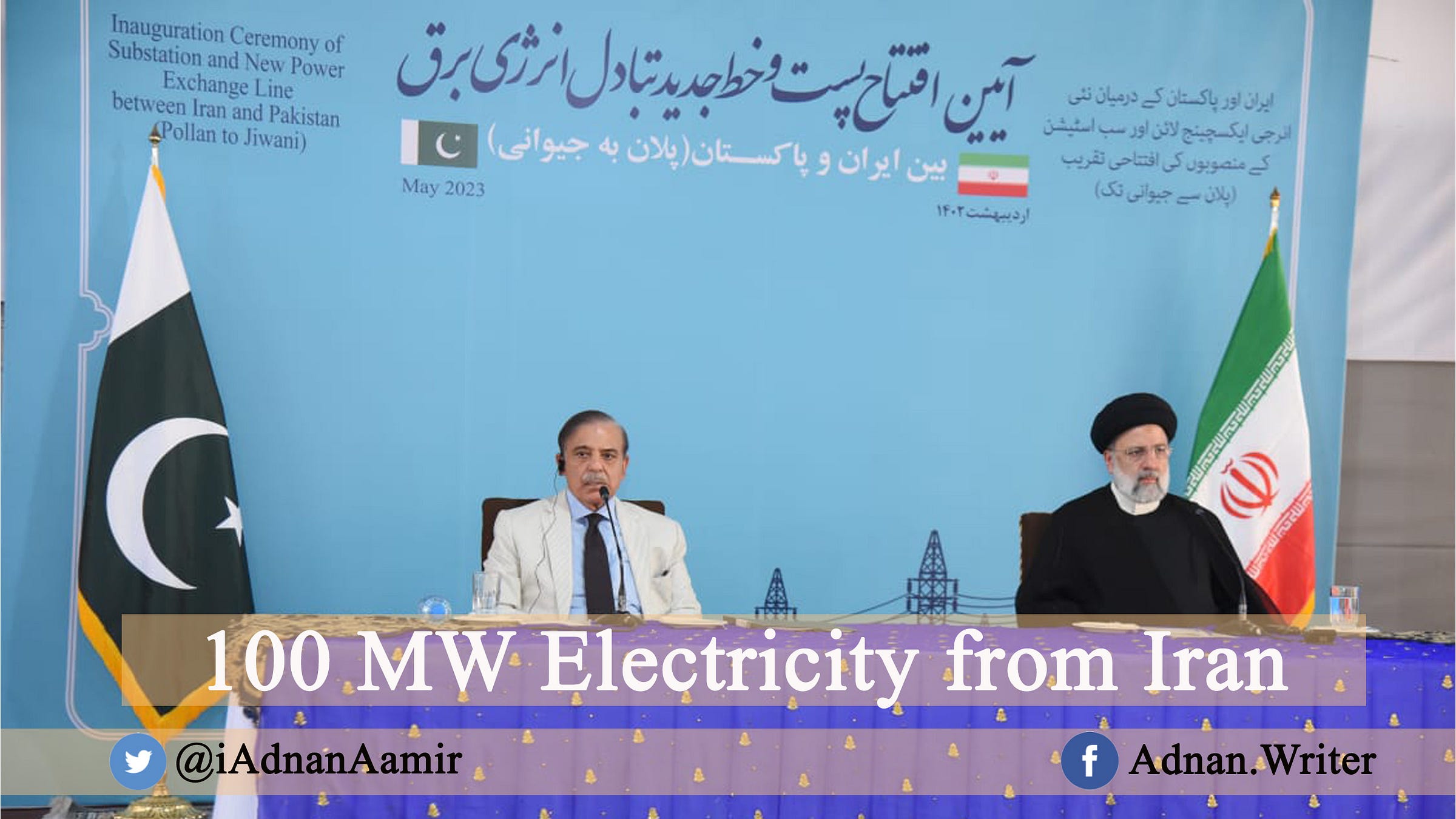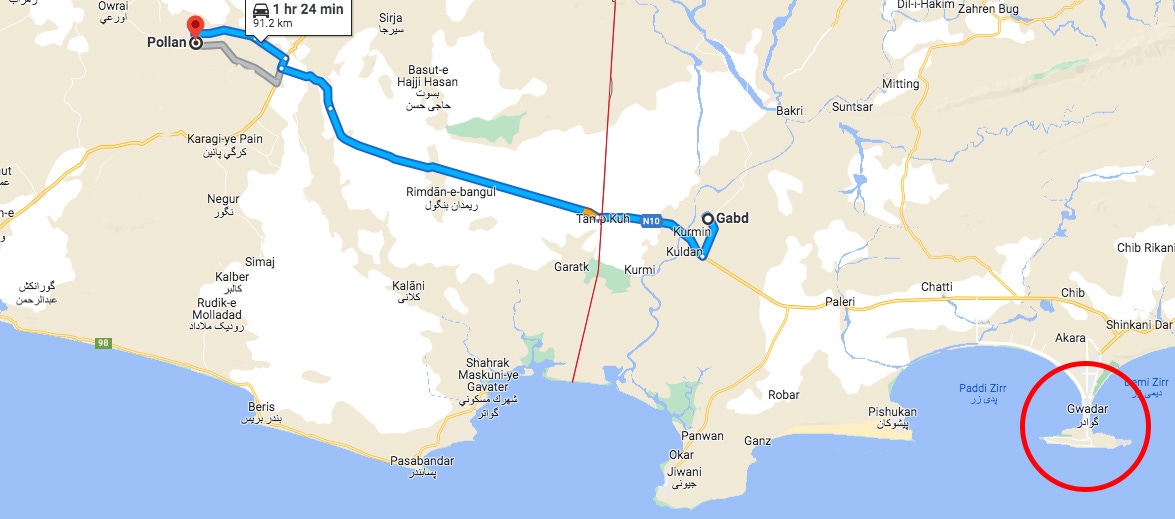On 18th May, Pakistani Prime Minister Shehbaz Sharif and Iranian President Ebrahim Raisi inaugurated the 100 MW Polan-Gabd Electricity Transmission Line at the Mand-Pishin border crossing point. Polan is a town in Sistan-Baluchestan, while Gabd is on the Pakistani side, 87 kilometers from Gwadar.
Iran has been supplying electricity to Makran division since 1999. Iran supplied 35MW daily until 2013, after which the supply was increased to 100MW due to the growing needs of Gwadar. This transmission line will supplement the existing electricity being purchased from Iran bringing the total electricity supplied by Iran to 200 MW.
This was considered as a huge development since Makran region in general and Gwadar city, in particular, are facing severe power shortages.
However, the question is whether this new transmission line help resolve the electricity shortage crisis in Gwadar, the center stage of the China-Pakistan Economic Corridor (CPEC) in Pakistan or not.
Pakistan has enough electricity for Makran but cost factor prevents full supply
According to an official of Quetta Electricity Supply Company (QESCO), which manages electricity distribution in Balochistan, the current peak demand of the entire Makran division is 35 MW. With a supply of 200 MW, Pakistan has more than the required electricity to fulfill the needs of Gwadar and the entire Makran division.
The problem is that Pakistan does not supply electricity to Makran division 24 hours due to cost issues. According to the QESCO official, electricity theft, line losses and problems in the collection of dues make it unfeasible to province electricity around the clock. QESCO is using the same argument to carry out electricity load shedding across Balochistan, a decision which is condemned by the people as unfair.
Therefore, the Makran division - especially the households - will not get 24-hour electricity supply even after the inauguration of the Polan-Gabd Electricity line.
Industries’ electricity supply will get a boost
While the households of the Makran region will not get any benefit, the industries in the Gwadar-free zone will get more electricity. QESCO will establish two new feeders for Gwadar free zone and one for Gwadar Port Authority, which will be used for port operations. Currently, the Gwadar port has small Diesel Generator power plants for fulfilling the port needs. These new feeders will allow for the setting up of new companies in the Gwadar free zone. However, Gwadar would need more electricity once the freezone kicks off.
CPEC 300 MW power plant is nowhere in sight
The CPEC agreements contained a 300 MW coal-fired power plant in Gwadar, which has been delayed since 2015. Earlier, this year the government of Pakistan once again announced to speed up the construction of this project. However, still, there is no tangible development on the construction of this power plant. Once the construction starts it will take another three years for the plant to be built.
In short, Gwadar is not getting the additional 300 MW electricity till 2026. This leaves just 200 MW for fulfilling electricity needs of Makran division households and the industries in Gwadar, which is not very promising.
Bottom line
The 100 MW Polan-Gabd Electricity Transmission Line is a significant development in the context of Pak-Iran energy cooperation. However, just like CPEC, this project is not a game changer for fulfilling the growing energy needs of Gwadar as a commercial port city.







Such A Good electricity plain and it's good for makraan division